Glass on the road increases driving safety
Particle measurement of glass beads
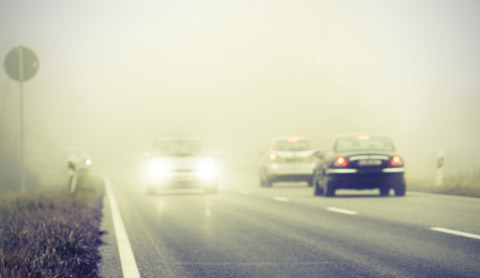
“To see and be seen” in road traffic means more safety for all. At night, reflectors improve the visibility of non-self illuminating objects and road users. Roughly three types of reflection occur: diffuse reflection, mirror reflection and retroreflection.
In diffuse reflection, the main backscatter takes place perpendicular to the material, independent of the incident direction of the radiation. Examples are milk, wall paints or paper. In mirror reflection, the reflected light retains its parallelism. The angle of incidence is the same as the angle of reflection.
In the case of retroreflection, as much as possible of the light emitted from the source is reflected back to its origin. Light from a car headlight, for example, is reflected toward the driver’s eye. The principle of retroreflection is applied successfully in traffic signs and pavement markings.
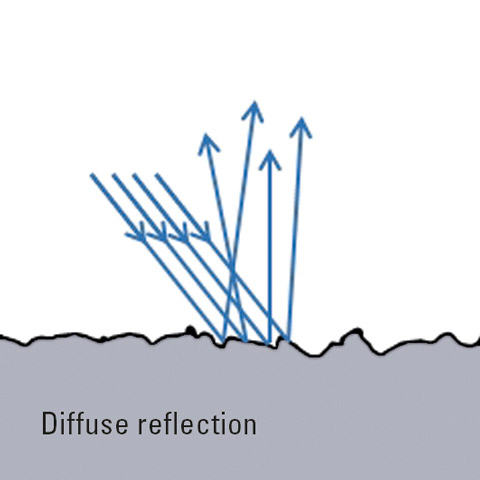
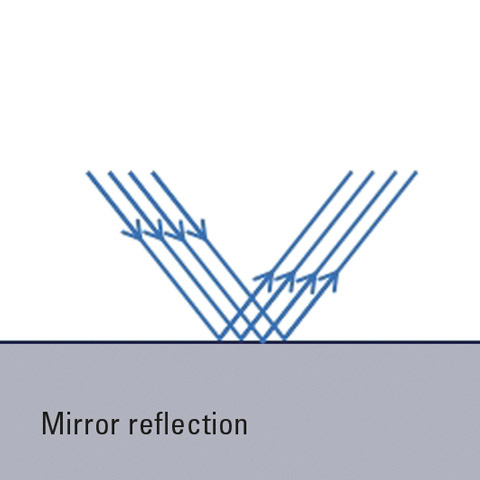
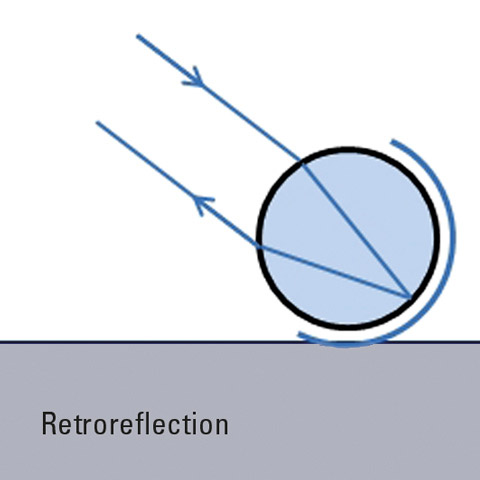 Figure 1: Diffuse, mirror and retroreflection
Figure 1: Diffuse, mirror and retroreflection
Glass beads in retroreflective materials
One possibility for the manufacture of retroreflective materials is the embedding of small glass beads within the surface of the material. In addition, the back surface of these beads can be coated with a reflecting layer. As soon as light hits the beads, the incident light is reflected back in its original direction due to the dual refraction within the bead.
Pavement markings often seem to be visible to varying degrees under wet road conditions in the dark. Indeed, there are two different types of markings.
Marking techniques in the past used glass beads and antiskid materials that were scattered onto the thinly applied and still wet paint to attain the desired visibility, also at night.
There are, however, problems with these types of pavement markings under wet road conditions, when a thin film of water covers the road as well as the markings. The water film reduces retroreflection and decreases visibility of the markings at night considerably in wet conditions.
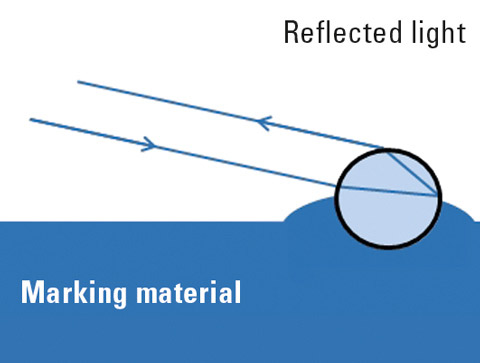
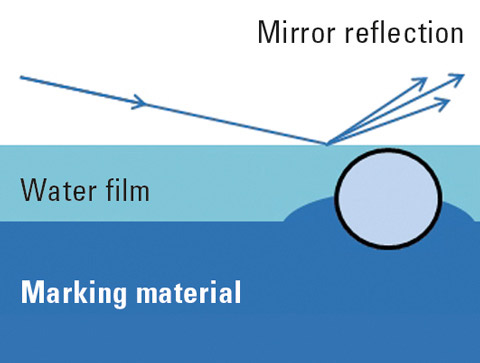
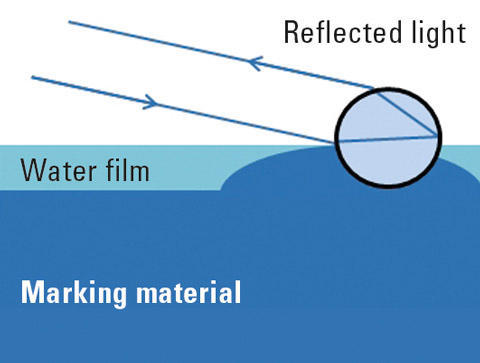 Figure 2: Performance of different marking types on a dry or wet road
Figure 2: Performance of different marking types on a dry or wet road
Literally outstanding – a new marking method
For these reasons a new marking method has been developed that ensures good visibility, also at night and under wet conditions. This method has, therefore, largely replaced all conventional methods.
Virtually all markings of the older type have meanwhile been replaced on German highways. Markings of the newer type have been applied on approximately 70 % of all German roads. They protrude from the water film on the road by several millimeters, ensuring that retroreflection continues to occur within the glass beads.
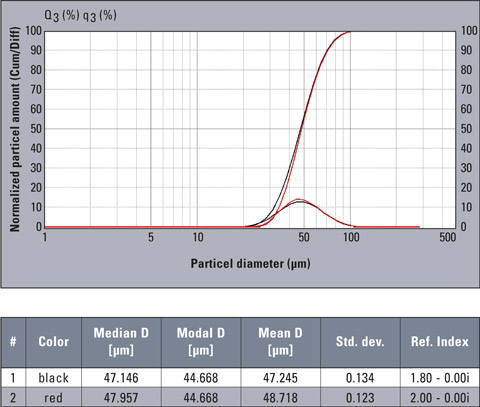 Figure 3: Size distribution of the glass beads
Figure 3: Size distribution of the glass beads
Particle measurement of the glass beads
The beads typically exhibit a diameter of approx. 50 µm. In order to verify the size distribution of the beads, particle measurement was carried out using Shimadzu’s SALD-7101.
The glass beads were suspended in water using several drops of a tenside. In order to prevent the beads from sinking to the bottom of the measuring cell (BC-71), they were kept in motion using a stirrer.
As can be seen from the spectrum and as expected, a size distribution of the beads around 50 µm could be measured. Using the SALD-7101 system including the BC-71, it was possible to reliably measure the size distribution of glass beads.